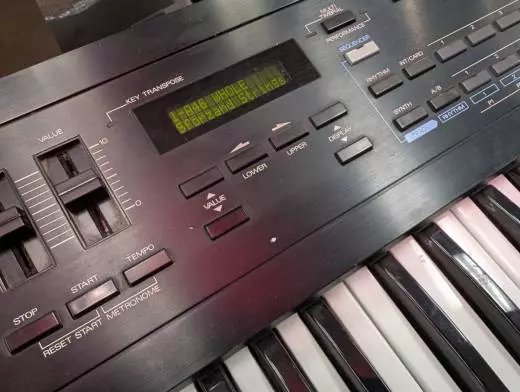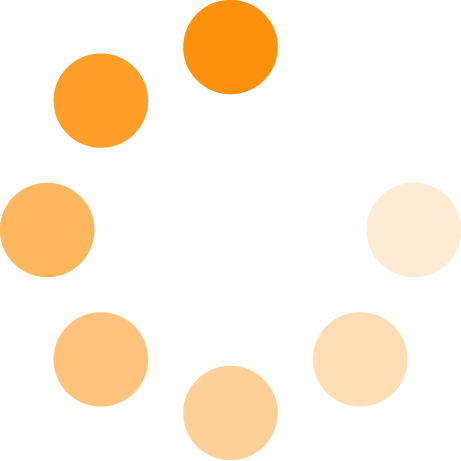Gear Hunter
Roland D20 Synthesizer
SKU: 10276
Model: D-20
Serial: da61619
Views: 123
Quantity Available: 0
Condition: Used Fair Condition



Buy From Store
Pick up at the store only. Contact Langley British Columbia
This product may not come in original packaging.
Sorry, this item is not available for purchase
Description
Pick Up in-store only. Not available for shipment to other locations.
The Roland D20 is a multi-timbral digital synthesizer from 1988 which incorporates Linear Arithmetic synthesis made famous with the D50 and MT-32. The D20 features a 61-note touch sensitive keyboard and a multi-track sequencer.
From October 1988 issue of Music Technology Magazine:
The Roland D20 is a Multi Timbral Linear Synthesiser Multi Track Sequencer: dedicated followers of instrument fashion will probably prefer to call it a music workstation. This one has a 61-note keyboard which is sensitive to attack velocity but not aftertouch (nor can the D20's sounds respond to aftertouch). The synth is multi-timbral and has an onboard digital drum machine, an onboard digital reverb, an onboard sequencer and an onboard disk drive.
Essentially you can use the D20 in any one of three modes: Synth, Rhythm and Sequencer, each accessible from a dedicated front-panel button. Each of these modes can also be set to either of two configurations: Performance or Multi Timbral. The former allows you to play a Patch (which consists of one or two Tones, organised in whole, split or dual modes) on the keyboard while the latter gives you access to eight independent Timbres (each consisting of a single Tone) which can be played multi-timbrally from an external MIDI device or internally using the onboard sequencer. The D20 provides you with 128 Preset and 64 Programmable Tones (of course you can edit the Presets and store the results in the Programmable memories).
For those of you who are a little rusty on your Linear Arithmetic synthesis (which, incidentally, is an all-digital system), a Tone consists of from 1-4 partials, each partial being either a synth waveform (sawtooth or square) or any one of 256 PCM samples. Each pair of partials (1&2 and 3&4) an be assigned a Structure which, essentially, determines what combination of synth and PCM partials to use; at this stage you can introduce ring modulation of the partials.
A PCM partial can have its pitch modified by a single LFO and a pitch envelope, while its TVA (Time Variant Amplifier) level an be modified by an amplitude envelope. To this configuration a synth partial adds a TVF (Time Variant Filter) section with cutoff frequency modifiable by resonance and filter envelope, and pulse-width modulation of the square wave. D50 owners will notice that this is a slightly simplified version of the D50's Tone architecture.
The D20's Rhythm mode gives you access to 32 preset and 32 programmable one-bar rhythm patterns. You can select these in real-time in any order, record the programmable patterns, and play on top of these patterns using either the D20's 63 onboard PCM percussion samples (known as Preset Rhythm Tones), the currently-selected synth Patch (in Performance mode) or any of eight Timbres (in Multi Timbral mode). Up to eight Tones an be sounded simultaneously in each rhythm pattern, while a maximum of 96 notes can be recorded per pattern.
The onboard sequencer has nine tracks and an store approximately 16,000 notes (pre controllers). Tracks 1-7 an play a single Tone, track eight an be either a synth or a rhythm track, while track nine is a dedicated rhythm track.
The maximum length of a sequence is 500 bars, though by selecting a time signature of 8/4 you can effectively record up to 1000 4/4 bars (assuming you don't use up all the memory first).
Includes original owners manuals.
Note: We are unable to confirm the proper operation of the disk drive, however it is assumed that the 3.5" DD (720K) drive will require a new drive belt.

